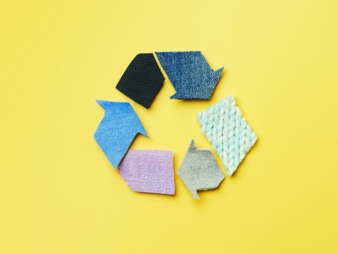09.11.22 – Results of the project “Sorting For Circularity Europe”
An immense opportunity to accelerate textile recycling
The results of the Sorting for Circularity Europe project point to promising opportunities for recapturing value while diverting textiles from downcycling and incineration.
Fashion for Good has concluded the Sorting for Circularity Europe project. Conducting the analyses across Europe, in Belgium, Germany, the Netherlands, Poland, Spain, and the United Kingdom, the project provides the most comprehensive and representative snapshot of textile waste composition in Europe to date. The results inform brands of the best circular design practises to adopt, as well as textile collection agencies and organisations to build the necessary infrastructure and better educate and engage consumers on proper sorting and disposal practices.
In collaboration with Circle Economy, Fashion for Good has released a report detailing the findings of the 16-month analysis from the project. The analysis indicates that 74%, a total of 494,000 tonnes, of low-value, post-consumer textiles is readily available for fibre-to-fibre recycling in six European countries. This represents the potential to generate an additional €74 million per year in value by reintroducing sorted and recycled textiles back into the value chain.
Leaping forward through technology
Cotton was found to be the dominant fibre (42%), followed by a large presence of material blends (32%), almost half of which consisted of polycottons (12%). Based on three characteristics, material composition, presence of disruptors, such as zippers and buttons, and colour, 21% of the materials analysed are deemed suitable as feedstock for mechanical recycling, while 53% are suitable for chemical recycling. This presents a significant opportunity for circularity as currently only 2% of post consumer textiles are diverted to fibre-to-fibre recycling.
Based on findings and knowledge gathered from the project, Fashion for Good and Circle Economy recommend certain actions in the report for all collectors, sorters, and recyclers, for brands and manufacturers, for policy makers and for consumers. Read the recommendations and the full article in textile network issue 4/2022. Subscribe now!

